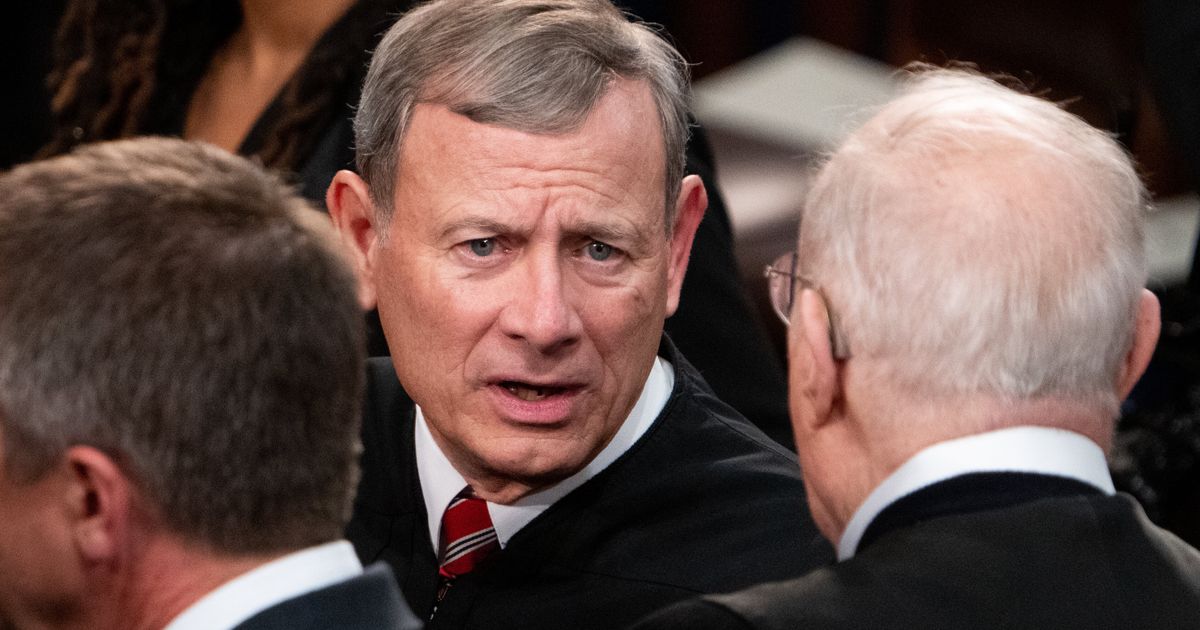
The Supreme Court’s Major Gun Decision Was A Warning To Extremist Judges
HuffPost
The Rahimi decision has implications that go beyond a single defendant or a single law.
The Supreme Court’s decision Friday to uphold a 30-year-old law barring domestic abusers from possessing guns came as no surprise. Conservative and liberal justices alike seemed pointedly skeptical and at times openly derisive of Zackey Rahimi’s defense at oral arguments last year.
It’s easy to see why. Texas prosecutors accuse Rahimi of shooting guns in public at least six times while under a protective order he received for allegedly assaulting and shooting at his former partner, the mother of his child. He allegedly fired at another woman in a parking lot, at two different people in separate road rage incidents, and into someone’s home over comments made on social media. The government could hardly ask for a better symbol for the need to restrict access to firearms in the name of public safety.
But the Rahimi decision has implications that go beyond a single defendant or a single law.
The ruling marked the first time the Supreme Court has offered its take on gun rights since Justice Clarence Thomas penned a sweeping reinterpretation of the Second Amendment two years ago, in New York State Rifle and Pistol Association., Inc. v. Bruen.
That case established a standard directing courts to disregard the need for public safety when assessing gun regulations. Going forward, the constitutionality of firearm restrictions would depend only on whether similar laws existed at some point between 1791, when the Bill of Rights was ratified, and the end of the Civil War.











